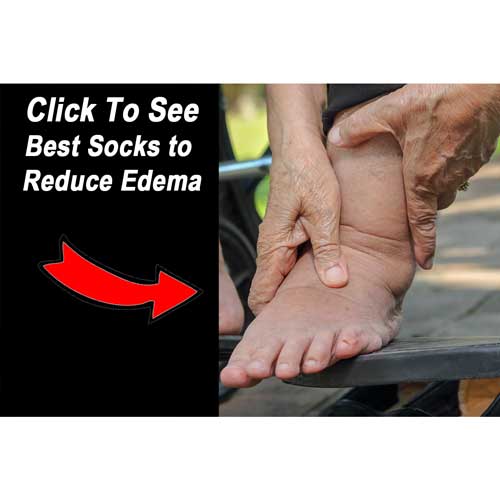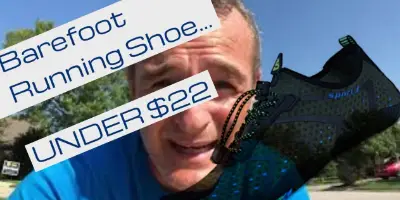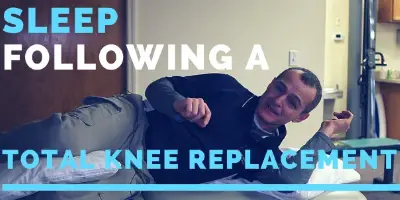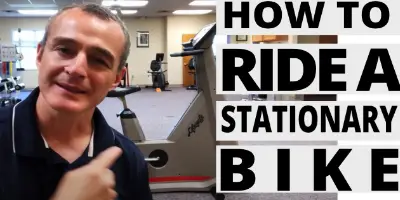Do Toe Spacers Help Bunions
Yes, toe spacers help bunions by mechanically realigning the great toe with the natural structure of the medial foot and arch.
Toe spacers should initially be used for short periods of time, up to 20-minutes a day during the first week before increasing to several hours at a time after the break-in period.
The following video explains the anatomy of the foot and how our understanding of normal foot structure has changed over the years.
Do bunions require surgery?
No, not all bunions require surgery. In my physical therapy practice, I find many patients who present with other complications such as knee or ankle pain also have bunions.
When we correct problems in the foot (including the toes) we can often resolve problems in the rest of the leg.
In the video below I share some simple manual therapy techniques you can perform at home to reduce some of the harmful mechanical changes associated with bunions.
When is surgery required to treat a bunion?
After conservative measures have been exhausted and the bunion is causing your enjoyment of life to decline then surgery may be indicated.
If you find that you are becoming less active, spending less time with friends and family, or you are just too frustrated by the pain and annoyance of the bunion then it may be time for a consultation with a surgeon.
Can massage therapy help bunions?
Yes! Massage therapy may help to reduce the pain and soreness in the foot and arch. Massage therapy may also be a great option for the rest of the lower leg.
A bunion will often cause you to change the way you walk or the alignment of the lower leg relative to the knee and hip. This may result in muscle guarding and fatigue in the calf, hamstring, IT Band, and quadricepts.
Also, manual therapy can be a great way to reduce the negative effects of arthritis and reduce subjective pain.
In this video, I share my favorite manual therapy techniques which may be performed at home.
Related articles:
Best Minimalist Shoe In 2018 On Amazon – By A Physical Therapist
Minimalist shoes allow your foot to act like a foot. The ability for your toes to move, your arch to flex, and your whole lower kinetic chain to function is one of the main reasons to consider transitioning to a minimalist shoe.
Best Position To Sleep After A Total Knee Replacement
The best position to sleep in after a total knee replacement is flat on your back with a pillow under your heel.
This is because this position allows the knee to remain in full extension throughout the night.
If you are not experiencing difficulty achieving full knee extension you may prefer to sleep in other positions.
How To Use A Stationary Bike After A Total Knee Replacement
The upright stationary bike is a very common tool used in the rehabilitation of your total knee replacement. In many cases the upright stationary bike is preferred because it reduces the knee flexion requirements. In this video I show you some tips for using a stationary bike at home and turning a standard upright bike into a recumbent bike.





